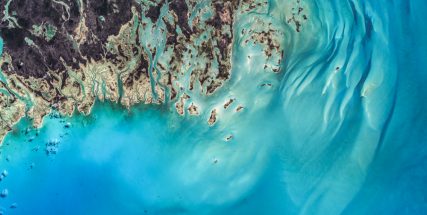A Map of the Ocean: a Quest of Discovery, or an Open Door to Exploitation?

Here at Dive Butler, we are passionate about the underwater world. To escape into the magic below the waves is as alluring as it is endlessly fascinating. There is something magnetic about adventuring into the unknown, to join the circus of life that thrums in the vast watery spaces of our planet. But what would it be like to have a map of the ocean? To see as clearly as a roadmap what lies deep within our oceans?
Only 15% of the oceans are mapped, their sheer vastness having preserved the secrets of the largest and least understood habitat on Earth. It wasn’t until the 20th century when, under the leadership of Prince Albert I of Monaco, the first international charts of the ocean were produced (this would ultimately become Gebco). Now Gebco and the Nippon Foundation have announced Seabed 2030, a project that aims to map the ocean and create a complete picture of the entire seafloor by the year 2030.
It is an exciting time. To finally know what is under the waves, to learn about the topography, geology and marine landscape of our planet. To possess such a tool will no doubt go a long way towards marine preservation and conservation if used with wisdom and care. Yet should we be concerned too? Will a map of the ocean be used to exploit its treasures, to plunder its resources in a systematic business of extraction?
It is an interesting debate. The oceans are filled with natural resources, and deep-sea mining, while still in its infancy, is on the rise. As we turn to the sea for what we can no longer find on dry land, a detailed map of the ocean floor could be a carte blanche to mining companies. The project is being undertaken in the spirit of discovery and science. We can but hope that its findings are safeguarded and used in the responsible management of the seabed in the coming centuries so that we can continue to preserve its vital beauty.
« A Neutral Buoyancy Playground | Find Your Inner Sea Gypsy Diving in Myanmar » |